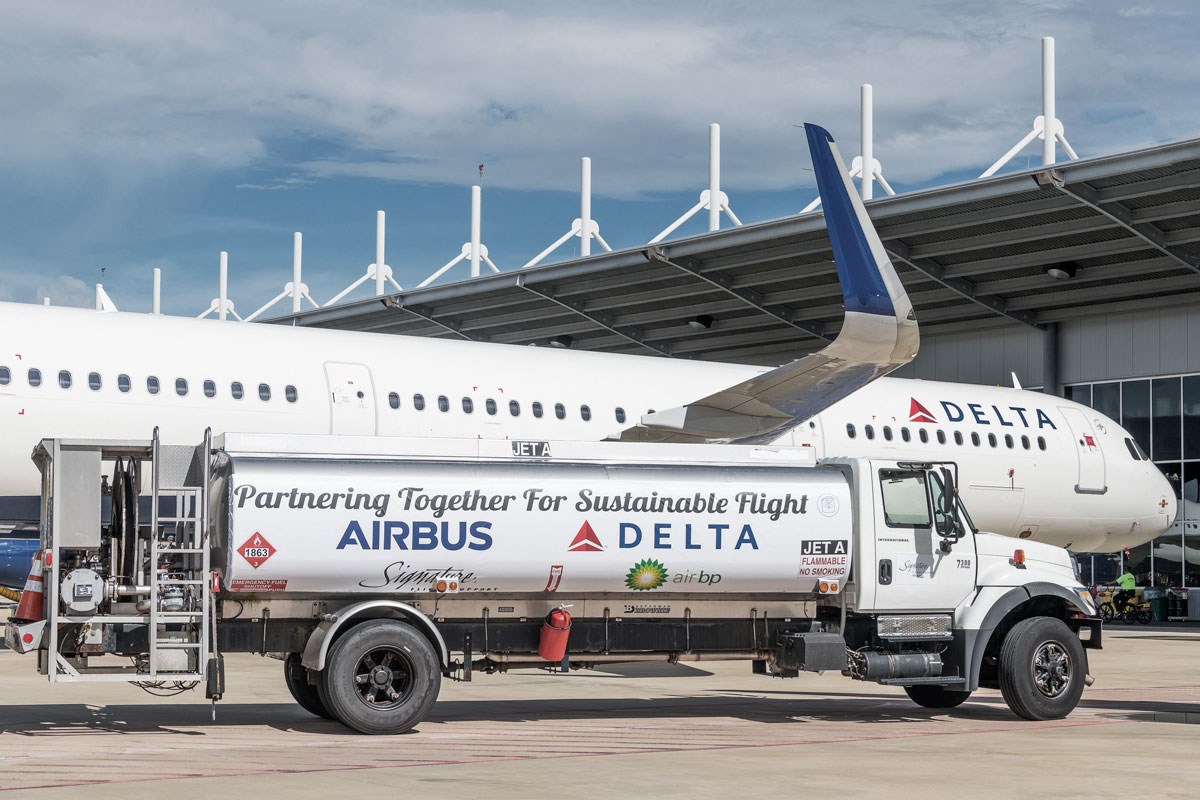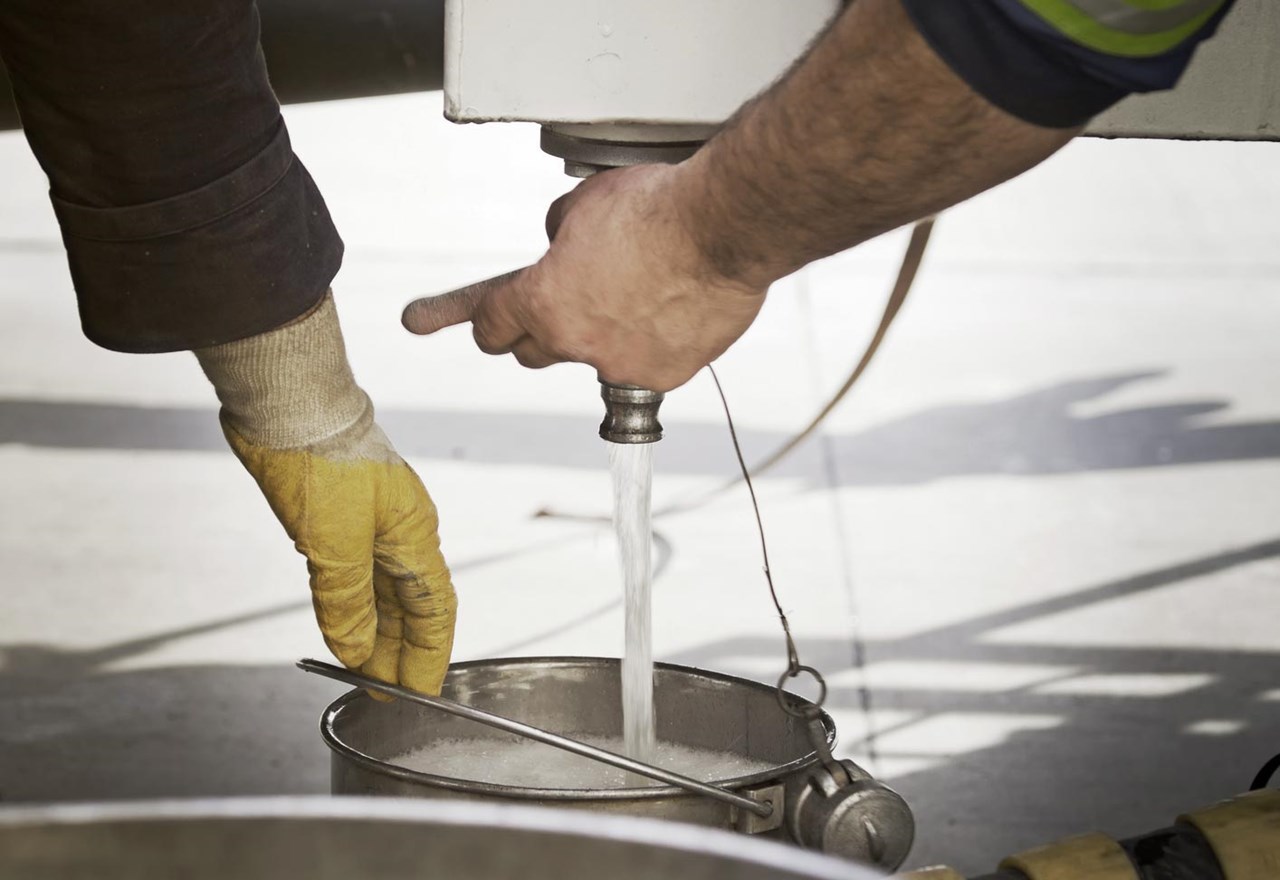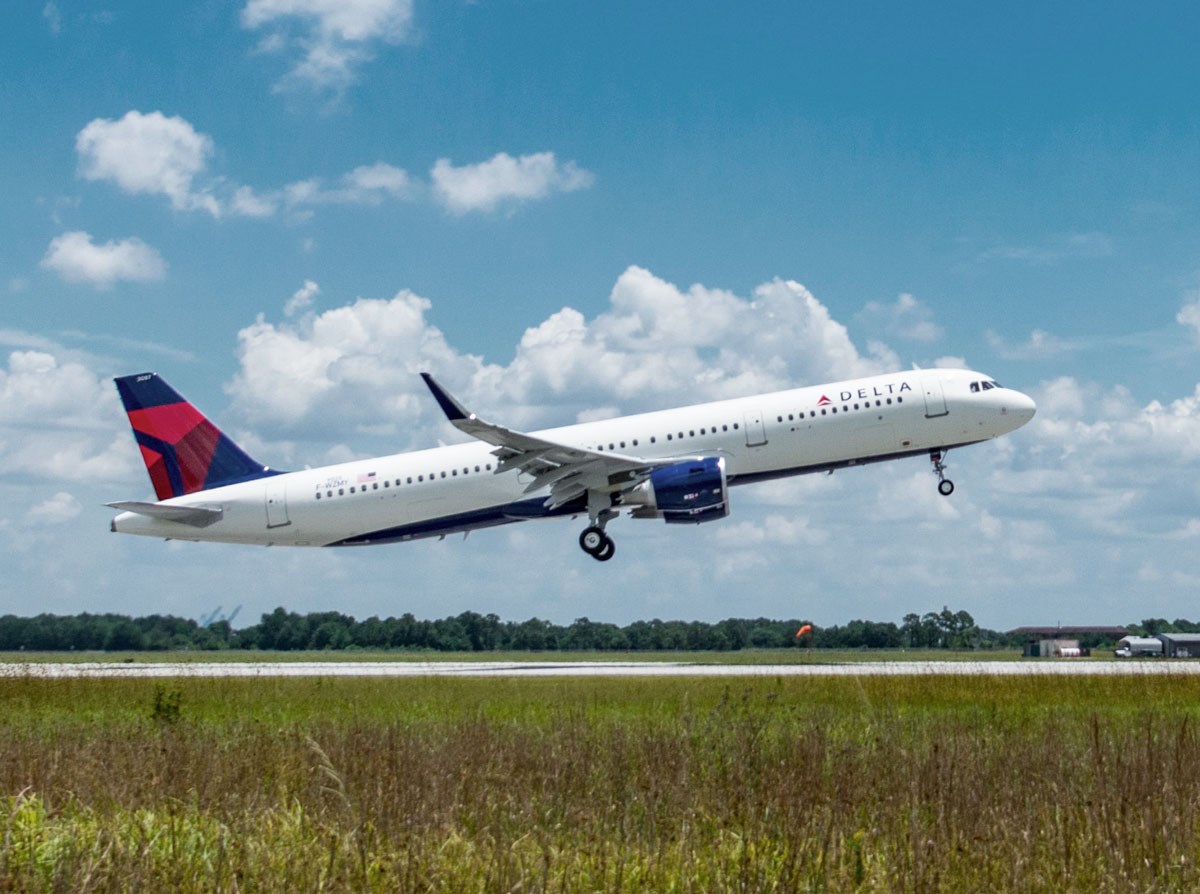Over the last decade, the word “sustainable” has largely been associated with brands and individuals who practise some sense of social consciousness and responsibility.
With the current direction of business and global politics, though, engaging in sustainable business practices is no longer just a good CSR story. Instead, it is a necessity for future-proofing businesses and industries.
No more relevant is this fact than in the aviation industry. With a record-high prediction of 270 million gallons of jet fuel to be burned daily in 2019, the push for more widespread production of sustainable jet fuel and alternative propulsion systems has never been more of a hot-button topic throughout the industry.
In this article, we look at what exactly defines a sustainable jet fuel, how accessible is it for widespread commercial flight, and who the first movers adopting the solution are.
Read more: Race to net-zero brings in new aviation startups and investors
Is it biofuel or sustainable fuel?
Biofuels have been available on the market for the transportation sector for decades now–mainly in the form of biodiesel and bioethanol.
The same biomaterials that are used in the production of these fuels can also be used in the production of jet fuel. But this has raised several concerns in regard to the long-term effects this would have on land, water used, food prices, etc. if utilised in a high demand industry like aviation.
Therefore, the aviation industry has used a measure of caution in associating with the biofuel trade–opting for an industry-wide use of the term SAF or Sustainable Aviation Fuel. As not all of the source material is strictly biological in nature, "sustainable" is a more accurate description of the fuel than biofuel. Although, this adoption of the term SAF over "biofuel" is more like a guideline than a rule, as many media outlets that report on aviation still refer to biofuel.

How does it integrate with traditional jet fuels?
Sustainable aviation fuel (SAF) shares much of the same physical and chemical composition as traditional jet fuel. This makes it possible to integrate and mix with standard jet fuel to some degree.
What makes the use of sustainable aviation fuel the most promising is its adherence to standardised sustainability criteria, set down by the Roundtable on Sustainable Biomaterials and ASTM International. A reduction in lifecycle carbon emissions, a reduction in fresh-water usage, reduction in deforestation and no competition with global food production. A clear win-win.

What is holding sustainable jet fuel back?
If sustainable jet fuel can perform as well as standard jet fuel but offers a whopping 80% reduction in CO2 production during its lifecycle, then why is it not the current standard across the industry?
To put it simply, it comes down to cost and availability. Currently, under 2% of the aviation industry fuel consumption is SAF, with the IEA’s Sustainable Development Scenario (SDS) predicting that it will account for 19% by 2040.
The technology for producing SAF is sound, yet supply chains and processes for harvesting agricultural residues and municipal solid wastes are not as refined as those in place for fossil fuel production. This lack of competitive availability, coupled with a higher premium cost, has created a chasm that the industry must cross to get to the proverbial "greener" pastures that SAF can provide.

Who are the first movers?
The road to a more sustainable aviation industry is going to be ripe with challenges, but that is not stopping those willing to be the drivers of the SAF movement. Quitting because something is difficult isn't the aviation industry's style.
Just this July, Airbus launched a landmark A321 airliner powered with sustainable jet fuel for Delta Air Lines. In May, United Airlines committed to purchasing up to 10 million gallons of sustainable aviation biofuel over the next two years. And this year, Boeing will begin offering airlines and operators the option of powering their new commercial jet with biofuel for the flight home.
Despite some of the challenges that SAF is facing, many aircraft manufacturers and airlines are putting serious stock in making the use of sustainable aviation fuel a reality. It would not be surprising to see shorter timeframes toward more widespread use of SAF if the subject began to capture the attention of the industry, public and government.
Looking back at our past bold feats of human ingenuity – for example, getting 80,000 kg of metal to fly – it becomes clear that potential can often become a reality. It just needs the perfect storm of willpower, expertise and financial dedication.